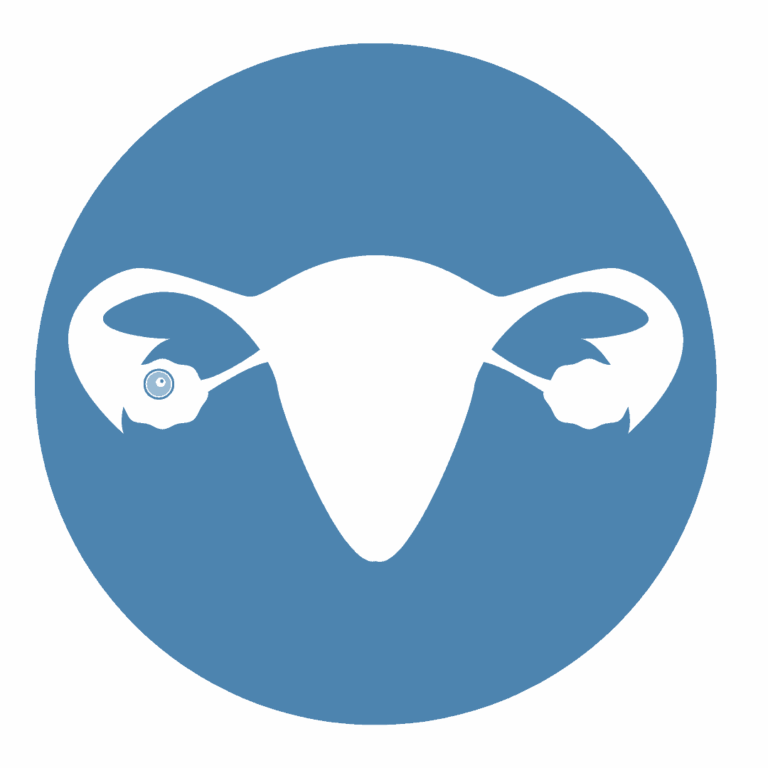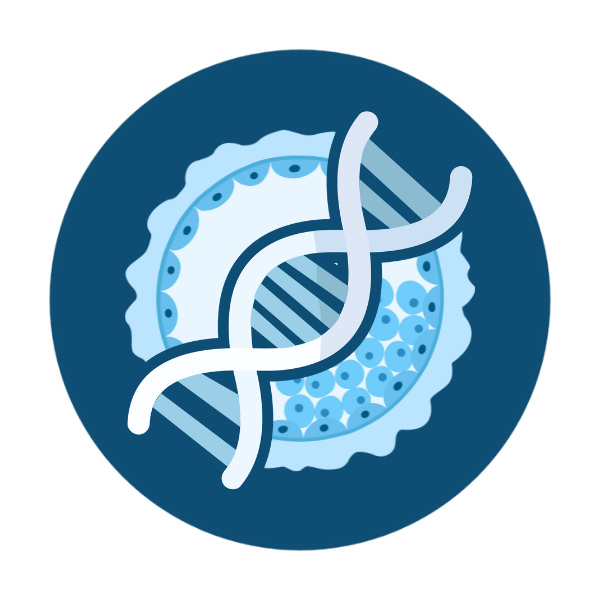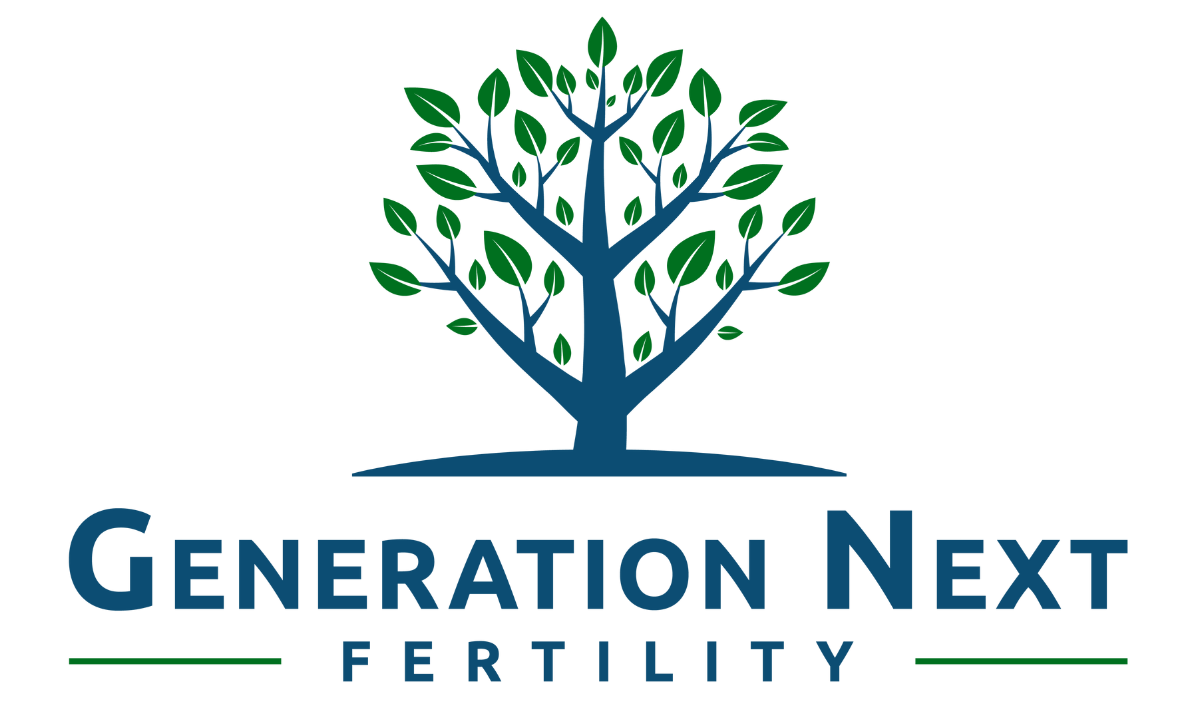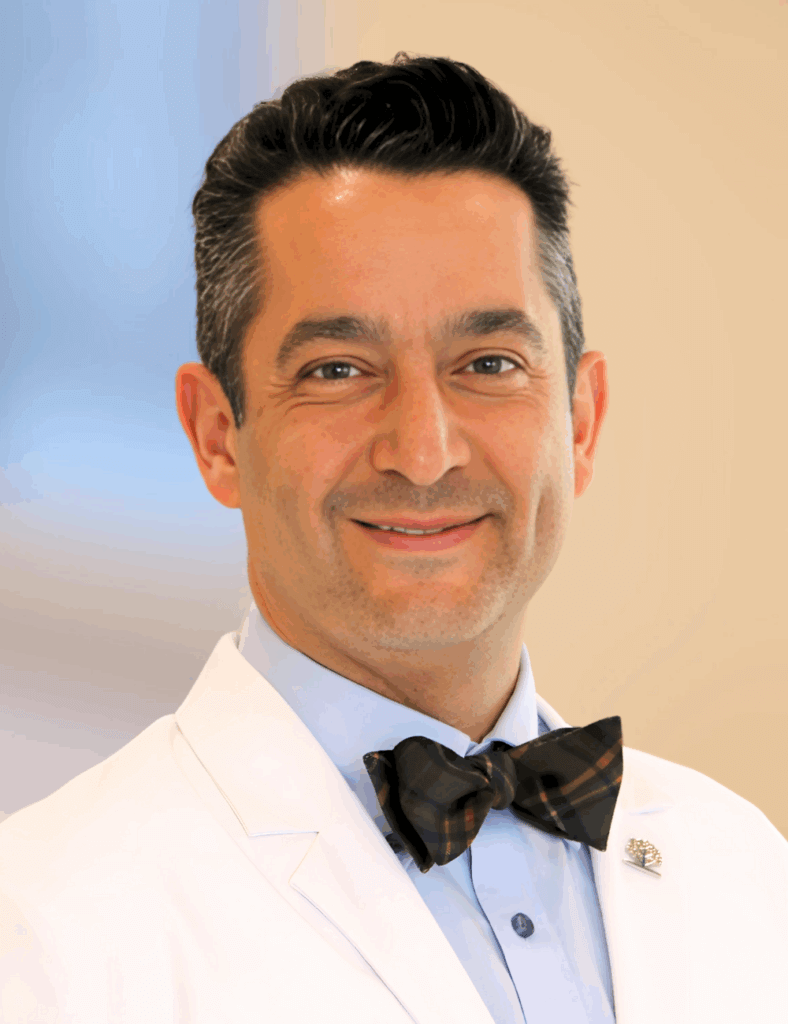
What is IVF?
In Vitro Fertilization (IVF) is the most common treatment we do at Generation Next Fertility.
In this treatment, eggs are removed from the ovaries, fertilized with sperm, and grown in a lab for a few days. After this, the embryos are either freshly transferred into the uterus or frozen to be transferred at a later date.
During an IVF cycle, various medication protocols are used to produce as many high quality eggs as possible for each patient. Each medication protocol is custom tailored to the patient.
Education is Empowerment
Our approach is rooted in transparency, compassion, and evidence-based care. By learning about your body, your options, and your treatment plan, you gain the clarity to make informed choices and move forward with trust in the process.
STEP 1: Choose Your Doctor
Choosing the right fertility doctor is the best way to make sure that your dreams come true. Every patient who comes to Generation Next Fertility is treated as an individual and will receive a customized treatment plan to provide them with the best possible results. Our Physicians believe in clear communication and are committed to keeping you fully informed and empowered on your journey. With a combined experience of 50+ years, the doctors at Generation Next Fertility offer world class expertise and a dynamic skill-set that guarantees your satisfaction on every step of your path to parenthood.
STEP 2: Your Treatment Plan
STEP 2: Your Treatment Plan
Your treatment plan at Generation Next Fertility is always custom made for you. With that said, there are many subcategories of treatment where fertilization occurs outside of the body. All of our treatments are based on the same research and technology and tailored to the individual. Your provider will review your medical history and lab results to create a custom-made treatment plan tailored to your body.
In Vitro Fertilization (IVF)
Select a topic below to learn more:
Step One: IVF Stimulation
The first step of IVF is called “stimulation,” where medications encourage your ovaries to grow more eggs than they typically would in a natural cycle. Because every body responds differently, stimulation is tailored to your needs.
Inside the ovaries are thousands of tiny fluid-filled sacs called follicles: each containing an immature egg.
In a natural menstrual cycle, typically only one follicle matures and releases its egg during ovulation. During IVF, stimulation medications containing fertility hormones encourage multiple follicles to grow at the same time, allowing several eggs to mature within a single cycle. The goal is to achieve a healthy balance between the quantity and quality of eggs retrieved.
Click Here to view our MedTeach page
Click Here to watch a video on how to Self-Administer Progesterone in Oil
Throughout stimulation, ultrasound scans and blood tests are used to monitor follicle growth and hormone levels. This allows the medical team to fine-tune medication doses and determine when follicles have reached the right stage of maturity.
Once the follicles reach their ideal size, a final “trigger” medication is administered to complete egg maturation and precisely time retrieval in the next step of treatment.
Each IVF cycle is unique with the goal to achieve a healthy balance between the quantity and quality of eggs retrieved. Stimulation protocols are customized to fit each patient’s medical profile, fertility goals, and personal preferences.
Types of IVF Stimulation
Natural Stimulation
Natural Stimulation relies on the body’s natural cycle with little to no medication. While fewer eggs are produced, the goal is to maximize the egg quality.
Luteal Phase Stimulation
Mild Stimulation uses lower doses of medication compared to traditional stimulation. The goal is to have a balance between egg quantity and egg quality.
Traditional Stimulation
Traditional Stimulation uses higher doses of medication to maximize egg quantity, typically recommended for those with adequate ovarian reserves.
Luteal Phase Stimulation
Luteal Phase Stimulation (LPS) involves additional stimulation in the same menstrual cycle, allowing for two (or more) egg retrievals instead of just one.
Each IVF cycle is unique with the goal to achieve a healthy balance between the quantity and quality of eggs retrieved. Stimulation protocols are customized to fit each patient’s medical profile, fertility goals, and personal preferences.
Step Two: Egg Retrieval
The quantity and quality of both eggs and sperm depend on several factors, including age, medical history, diagnosis, and individual response to treatment. These procedures take place shortly after ovarian stimulation, when the eggs are ready to be retrieved and the sperm sample is collected for fertilization in the laboratory.

Egg retrieval takes place approximately 35–36 hours after the trigger injection, which completes the final maturation of the eggs. This precise timing allows the medical team to collect the eggs before ovulation occurs.
This is a minor outpatient procedure performed at our Manhattan location under IV sedation (anesthesia) for patient comfort. Using ultrasound guidance, a fertility specialist carefully retrieves the mature eggs from the ovaries using a fine needle. The entire process typically takes 15–20 minutes, and patients rest in recovery for about 30 minutes before going home.

Sperm collection is a straightforward procedure performed on the same day as egg retrieval. A sample is usually obtained through ejaculation in a private room at the clinic.
If needed, frozen sperm samples can also be used (either from a partner or donor) and thawed in the lab on the day of fertilization. In some cases, when ejaculation isn’t possible or sperm counts are very low, surgical sperm retrieval (such as TESE or PESA) may be performed.
Once collected, sperm are carefully processed in our embryology laboratory, where the healthiest and most motile sperm are selected for fertilization.
Step Three: Fertilization
Once the eggs and sperm have been collected, fertilization takes place in our embryology laboratory under carefully controlled conditions. The goal is to create healthy embryos using the method best suited to each patient’s unique situation.
Our embryologists select the optimal fertilization approach based on factors such as egg maturity, sperm quality, fertilization history, and overall treatment plan. Each approach is designed to give the highest possible chance of successful embryo development while maintaining the integrity and safety of every sample.
Fertilization Methods
Conventional Insemination involves placing sperm near the eggs in a lab dish for a natural fertilization.
ICSI (Intracytoplasmic Sperm Injection) involves carefully injecting a single sperm into each egg to assist fertilization.
Selection Methods
PICSI (Physiological ICSI) selects sperm based on biochemical signs of maturity before being injected into the egg.
PICSI (Physiological ICSI) selects sperm based on biochemical signs of maturity before being injected into the egg.
Step Four: Embryo Development & Transfer



Once fertilization occurs, the resulting embryos are carefully nurtured in our embryology laboratory. Our embryologists monitor each embryo’s development closely as it divides from a single cell into more complex stages, typically Day 3 and Day 5–6. Patients receive updates at key milestones, so they remain informed throughout the process.

Embryo Testing
When embryos reach the blastocyst stage, a few cells from the outer layer can be gently biopsied for genetic testing (PGT-A).
This helps identify embryos with the correct number of chromosomes, which may increase the chances of implantation and reduce the risk of miscarriage.
Click Here to learn more about Embryo Genetic Testing

Embryo Transfer
The embryo transfer is the final step of the IVF process and marks the transition from the laboratory back to the body. Embryos are selected for transfer based on quality, developmental stage, and the treatment plan. The procedure is typically painless for most patients, does not require anesthesia, and is completed in just a few minutes.
Any remaining embryos that are not transferred can be frozen and stored for future transfer cycles.
Click Here to learn more about Fresh vs Frozen transfers.
Types of IVF Treatment
Natural IVF Treatment is a fertilization process that requires less medications and injections than traditional forms of IVF.
Mild IVF Treatment is a similar process but uses a mild dosage of drugs to help with fertility.
Traditional IVF Treatment uses high stimulation that’s designed to help couples overcome issues of infertility.
Ovarian Stimulation
During the Ovarian Stimulation phase, most protocols utilize medication that encourages the ovaries to develop multiple follicles, each of which may contain an egg.
Typically, more follicles lead to more eggs which lead to more embryos, which leads to a higher possibility of success. Many cycles will result in a handful of embryos that can be frozen and stored for future use.
After an initial consultation, the doctors will recommend a personalized protocol to get you the best results possible. Ovarian stimulation typically begins around day 3 of a cycle. Stimulation usually involves taking daily injectable medications for around ten days and will be followed closely with monitoring appointments. When follicles reach the appropriate size, a final “trigger” medication will be used to induce ovulation and promote final maturation of the eggs.

STEP 3: Retrieval Day
STEP 3: Retrieval Day

Egg Retrieval
Egg Retrieval is a minor outpatient procedure done to collect the eggs from the ovaries so that they can be fertilized in our state-state-of-the-art laboratory.
It is performed 35-36 hours after the “trigger”, by one of our world class doctors.
The number of eggs retrieved depends on your age, history, diagnoses, ovarian reserve cycle plan and response to medications.
Sperm Collection
Sperm Collection is a straightforward procedure conducted at our clinic to gather sperm samples for further processing in our state-of-the-art laboratory.
The quantity and quality of sperm collected are influenced by various factors, including your individual circumstances, medical history, and response to any prescribed medications.

STEP 4: Fertilization
STEP 4: Fertilization
Fertilization Methods
The next major step of IVF takes place on site in our state-of-the-art embryology lab. After maturation is reached, the eggs are ready to be fertilized by our world-class embryologists. There are generally three methods of fertilization:




Embryo Development
Once the fertilization process is complete, the embryos are nurtured to day 3-5 or until the embryo reaches the 8-cell or blastocyst stage. If an embryo is grown to a blastocyst, it can undergo genetic testing. This is recommended on a case by case basis.
STEP 5: Transfer Day
STEP 5: Transfer Day
Embryo Transfers
The last step of IVF treatment is the embryo transfer. After developing in optimal conditions in our cutting edge lab, the embryo is ready to be transferred. During the transfer, the embryo(s) are placed in the catheter, gently inserted past the cervix and offloaded to plant within the uterus.
Any remaining embryos that are not transferred can be frozen and used for embryo transfers at a later date.

Ready to Get Started?
Meet the Minds Shaping the Future of Fertility Care
At Generation Next Fertility, our physicians bring together decades of experience in reproductive medicine with a shared belief that care should feel as precise as it is personal. Our providers approach each patient as an individual: integrating science, intuition, and communication to build trust through understanding. Their expertise spans every stage of fertility care to meet you where you are and guide you forward with clarity and confidence.
“We’re a very different kind of fertility center offering a next-generation level of care blended with world-class science. That attentiveness is what makes our patients feel truly seen.”
“Ever since I was a little girl, I have wanted to empower and educate women so that they can have full control of their journey to parenthood. It’s the most fulfilling aspect of my career.”
“Every day I see hopeful parents who have been turned away from clinics that fall outside their standard protocols. Great treatment does not have to come at the cost of being treated like a number.”
“From a young age, I knew that my purpose was to make a difference in women’s health, rooted in my upbringing within the medical industry and my personal connection to endometriosis.”






















